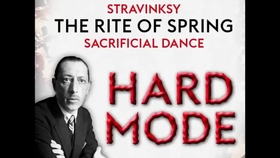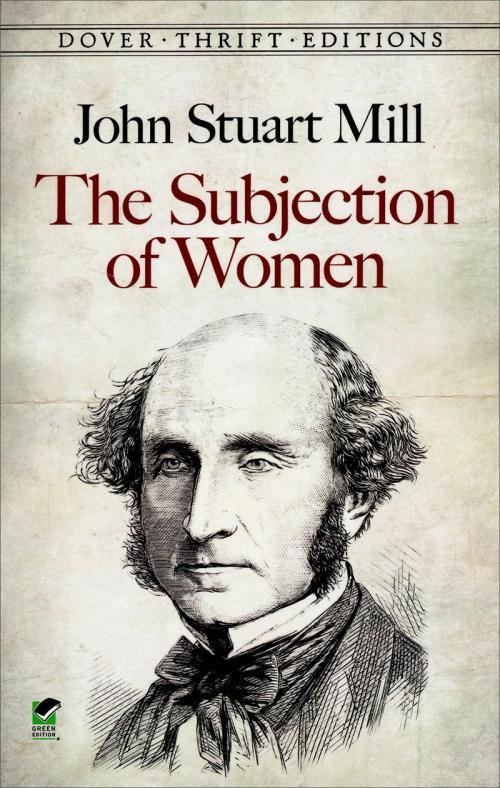The Art of Tie Tying: A Masterclass in Formal Attire
The art of tie tying is an essential skill for any gentleman who desires to master the formal attire. A well-tied knot can elevate one's appearance and convey confidence and sophistication. In this masterclass, we will explore the different types of ties and their appropriate occasions. We will also learn the step-by-step process for tying a perfect bow tie, necktie, and cummerbund. Additionally, we will discuss the importance of selecting the right tie fabric, width, and length for each outfit. By following these simple guidelines, anyone can elevate their formal attire with ease and style. Whether it's a wedding reception, business meeting, or black-tie event, mastering the art of tie tying is a crucial aspect of looking your best in any formal setting. So let's begin our journey towards becoming a tie tying expert!
As one of the most ubiquitous accessories in modern men's fashion, the tie has long been a symbol of sophistication and style. From classic designs like the necktie to more contemporary options like the bow tie, the right tie can elevate any outfit to new heights. However, the art of tying a tie correctly is often overlooked, leading to a common mistake that can ruin even the most stylish look. In this masterclass, we will explore the nuances of tie tying and learn how to create the perfect knot every time.
The History of Tie Tying
The history of ties dates back to ancient civilizations, where they were used primarily for practical purposes such as binding clothes or covering wounds. Over time, ties became a symbol of status and fashion, with different cultures incorporating unique styles into their dress codes. In the 19th century, ties began to be worn with formal attire, including suits and gowns, and quickly became an essential component of men's fashion.
Today, there are countless variations of ties available, from silk and cotton to wool and leather. Each material offers a different texture and color palette, allowing men to experiment with different styles and complement their personal tastes. Additionally, there are endless knot patterns and configurations to choose from, ranging from the classic bow tie to the more adventurous double-windsor or infinity knot.

Choosing the Right Tie
Selecting the right tie requires attention to both style and function. First, consider the occasion and dress code: for example, a black tie event calls for a bold and elegant design, while a casual gathering might be better suited to a more relaxed pattern. Next, think about your personal style and preferences: do you prefer bold colors or subtle neutrals? Are you drawn to intricate designs or simple yet sophisticated knots? By considering these factors, you can find a tie that not only looks good but also feels comfortable and authentic.
Tying the Knot (Part 1: Basic Knot)
Before diving into more complex knotting techniques, let's start with the basics. The basic tie knot, also known as the four-in-hand knot or "full neckerchief knot," is the most common and versatile knot for everyday wear. To create this knot, follow these steps:
1. Begin by placing the wide end of the tie on your right side and the narrow end on your left. Make sure the wider end is facing outward.

2. Take the wide end of the tie and bring it up and over behind your head, wrapping it around your neck once or twice.
3. Bring the wide end down and across your front, then up again behind your head and over your shoulder. This creates a "U" shape with your tie.
4. Bring the wide end down and across your front once more, then up again behind your head and over your shoulder. This completes the basic knot.
5. To secure the knot in place, slide your fingers under the narrow end of the tie and pull it taut against your collarbone. Be sure not to tighten too much or you may risk choking yourself!
Tying the Knot (Part 2: More Complex Knots)

Once you have mastered the basic knot, you can move on to more advanced techniques for creating unique and eye-catching knots. Some popular options include:
1. The "pivot knot": This knot features three separate pieces of string that converge at a single point. To create this knot, first tie a basic four-in-hand knot as described above. Then, take one end of the wide piece of string (the "pivot") and bring it up and over behind your head, wrapping it around your neck once or twice. Repeat this process with the other two ends of string until all three pieces meet at a single point in front of your neck. Finally, adjust the length of each piece of string as needed and secure the knot in place with your fingers as described in Part 1.
2. The "double Windsor knot": This elegant knot consists of two separate loops that twist around each other in opposite directions before being tied together in a single loop at the center. To create this knot, first tie a basic four-in-hand knot as described above. Then, take one end of the wide piece of string (the "base") and bring it up and over behind your head, wrapping it around your neck once or twice. Repeat this process with the other three ends of string until all four pieces meet at a single point in front of your neck. Next, cross one end of each string over each other (with their tips pointing away from each other), then bring them back up behind your head and over your shoulders until they form a "V" shape. Finally, bring both ends of each string down through the center hole in the base loop and adjust them as needed before securing the knot in place with your fingers as described in Part 1.
3. The "easy bow tie": While not technically considered a "tie" per se, the bow tie remains an iconic accessory that adds elegance and sophistication to any outfit. To create a basic bow tie, begin by folding your necktie in half lengthwise with one short end facing out and one long end facing in. Then, take one short end from the outside (the "tail") and bring it up over your head towards your ear, making a small curve as you go. Continue this process until you reach your desired length for the bow tie, making sure to keep everything aligned evenly along the way. Once you reach the top of your head, carefully fold in half again and secure with a rubber band or other type of fastener if necessary. Finally, adjust any excess fabric around your neck to ensure a comfortable fit and style as desired.
Articles related to the knowledge points of this article::
Title: Mastering the Art of Concealing Hair with a Long Tie
Title: Masterful Menswear Collaboration: The Art of Pairing a Red Blouse with a Tie
How to Tie a Tie - Simple Step-by-Step Guide with Illustrations



